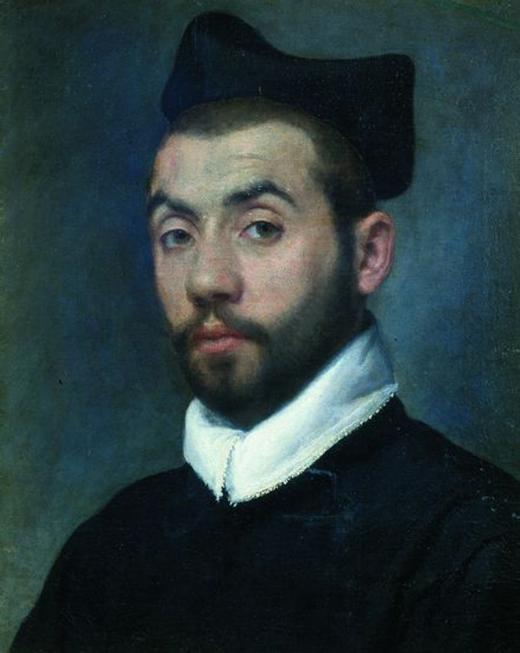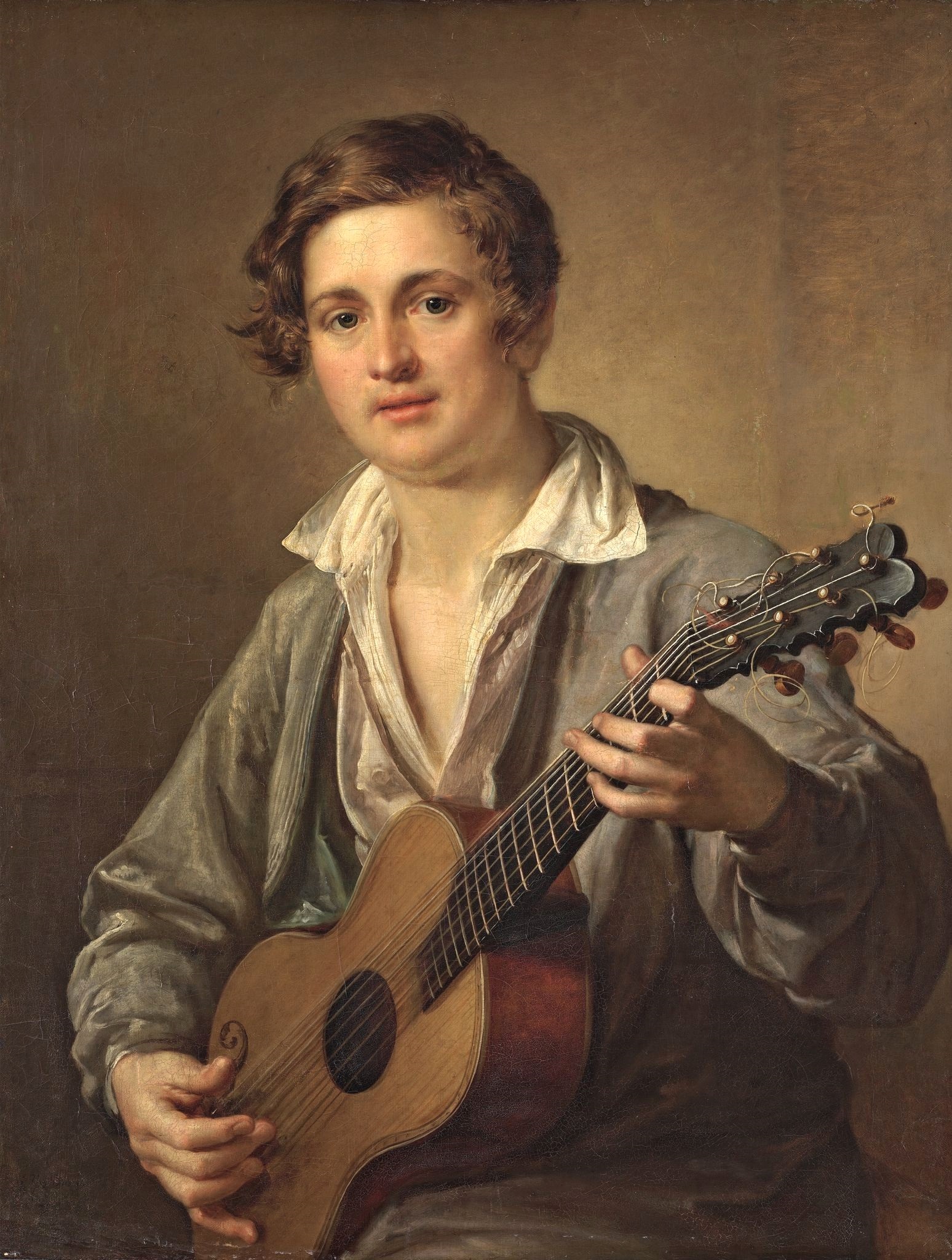|
Drei Gesänge Nach Hölderlin
Wilhelm Killmayer, a German composer, wrote several song cycles, which form a substantial part of his compositions. The earliest cycle dates from 1953, the last was completed in 2008. He set poems by German romantic writers such as Friedrich Hölderlin and Joseph von Eichendorff, but was also inspired by French, Greek and Spanish poems, and by texts from the 20th-century poets Georg Trakl and Peter Härtling. He used mostly piano to accompany a singer, but also added percussion or other instruments, and scored some cycles in a version for voice and orchestra. His ''Hölderlin-Lieder'', setting poems from the author's late period, were performed at major festivals and recorded. Overview Interested in poetry and the voice, Killmayer composed more than 200 Lieder, including several song cycles. Most of them are set for voice and piano. Many songs set poems from German romantic poetry, such as others on 20th-century poems. Killmayer wrote four cycles of ''Hölderlin-Lieder'' based o ... [...More Info...] [...Related Items...] OR: [Wikipedia] [Google] [Baidu] |
Wilhelm Killmayer
Wilhelm Killmayer (21 August 1927 – 20 August 2017) was a German composer of classical music, a conductor and an academic teacher of composition at the Hochschule für Musik und Theater München from 1973 to 1992. He composed symphonies and song cycles on poems by Friedrich Hölderlin, Joseph von Eichendorff, Georg Trakl and Peter Härtling, among others. Early life Wilhelm Killmayer was born on 21 August 1927 in Munich, Germany. He studied conducting and composition from 1945 to 1951 in Munich at Hermann Wolfgang von Waltershausen’s Musikseminar. At the same time, he was enrolled at the Munich University where he studied musicology with Rudolf von Ficker and Walter Riezler, and German studies. He was a private student of Carl Orff from 1951 and was admitted to his master class at the Staatliche Musikhochschule in 1953. He was a scholar at the Villa Massimo twice, in 1958 and 1965/66. Career Killmayer was a teacher of music theory and counterpoint at the Trappsches Kon ... [...More Info...] [...Related Items...] OR: [Wikipedia] [Google] [Baidu] |
Eduard Mörike
Eduard Friedrich Mörike (; 8 September 18044 June 1875) was a German Lutheran pastor who was also a Romantic poet and writer of novellas and novels. Many of his poems were set to music and became established folk songs, while others were used by composers Hugo Wolf and Ignaz Lachner in their symphonic works. Biography Mörike was born in Ludwigsburg. His father was Karl Friedrich Mörike (died 1817), a district medical councilor; his mother was Charlotte Bayer. After the death of his father, in 1817, he went to live with his uncle Eberhard Friedrich Georgii in Stuttgart, who intended his nephew to become a clergyman. Therefore, after one year at the Stuttgart '' Gymnasium illustre'', Mörike joined the Evangelical Seminary Urach, a humanist grammar school, in 1818 and from 1822 to 1826 attended the Tübinger Stift. There, he scored low grades and failed the admission test to Urach Seminary, yet was accepted anyhow. At the Seminary he went on to study the classics, something t ... [...More Info...] [...Related Items...] OR: [Wikipedia] [Google] [Baidu] |
Drei Gesänge Nach Hölderlin
Wilhelm Killmayer, a German composer, wrote several song cycles, which form a substantial part of his compositions. The earliest cycle dates from 1953, the last was completed in 2008. He set poems by German romantic writers such as Friedrich Hölderlin and Joseph von Eichendorff, but was also inspired by French, Greek and Spanish poems, and by texts from the 20th-century poets Georg Trakl and Peter Härtling. He used mostly piano to accompany a singer, but also added percussion or other instruments, and scored some cycles in a version for voice and orchestra. His ''Hölderlin-Lieder'', setting poems from the author's late period, were performed at major festivals and recorded. Overview Interested in poetry and the voice, Killmayer composed more than 200 Lieder, including several song cycles. Most of them are set for voice and piano. Many songs set poems from German romantic poetry, such as others on 20th-century poems. Killmayer wrote four cycles of ''Hölderlin-Lieder'' based o ... [...More Info...] [...Related Items...] OR: [Wikipedia] [Google] [Baidu] |
Romanzen
The term romance (, , , , , , ) has a centuries-long history. Applied to narrative ballads in Spain, it came to be used by the 18th century for simple lyrical pieces not only for voice, but also for instruments alone. The ''Oxford Dictionary of Music'' states that "generally it implies a specially personal or tender quality". Instrumental music bearing the title "Romance" Typically, a Classical piece or movement called a "Romance" is in three, meaning three beats in the bar * Beethoven: two violin romances (''Romanzen'') for violin and orchestra, No. 1 G major, Op. 40; No. 2 in F major, Op. 50 take the form of a loose theme and variations * Johannes Brahms: ''Romanze'' in F major for piano, Op. 118, No. 5 (1893) * Max Bruch: "Romance for Viola and Orchestra in F" * Arthur Butterworth: Romanza for horn and string quartet with double bass ad libitum (or piano), Op. 12 (1951) * Antonín Dvořák: ''Romance in F minor'' for violin and orchestra, Op. 11 (1873/1877) * Edward Elg ... [...More Info...] [...Related Items...] OR: [Wikipedia] [Google] [Baidu] |
Rêveries
Reverie may refer to: * A daydream or a dreamy state. * W. R. Bion's psychoanalytic use of "reverie" Places * Reverie, Tennessee, an unincorporated community in Tipton County, Tennessee, United States * Reverie (Marion, Alabama), a Greek Revival mansion in Marion, Alabama, United States Music * ''Rêverie'', an 1847 work for violin and piano (part of Op. 22) by Vieuxtemps * ''Rêverie'' (), an 1865 piano work by Mussorgsky * ''Rêverie'' by Giovanni Bottesini, c. 1870 * ''Rêverie'', a piano piece by Debussy, c. 1895 * ''Rêverie'' (Scriabin) () in E minor, Op. 24, an 1898 orchestral work by Scriabin * ''Rêverie'', Op. 49/3, a 1905 piece for piano by Scriabin * Reverie on , a 1939 cello piece by Pablo Casals after a folk song * ''Reverie'', a piano piece by Billy Joel * Rêverie, Op.24, a Horn solo by Aleksandr Glazunov * ''Dumka (Reverie)'', an 1840 song by Chopin * ''Rêverie'', an art song by Reynaldo Hahn, c. 1870 Albums * ''Reverie'' (Cherie Currie album), 2015 * ... [...More Info...] [...Related Items...] OR: [Wikipedia] [Google] [Baidu] |
Francesco Petrarca00
Francesco, the Italian (and original) version of the personal name "Francis", is one of the most common given name among males in Italy. Notable persons with that name include: People with the given name Francesco * Francesco I (other), several people * Francesco Barbaro (other), several people * Francesco Bernardi (other), several people *Francesco di Giorgio Martini (1439-1501), Italian architect, engineer and painter *Francesco Zurolo (first half of the 15th century–1480), Italian feudal lord, baron and italian leader * Francesco Berni (1497–1536), Italian writer * Francesco Canova da Milano (1497–1543), Italian lutenist and composer * Francesco Primaticcio (1504–1570), Italian painter, architect, and sculptor * Francesco Albani (1578–1660), Italian painter * Francesco Borromini (1599–1667), Swiss sculptor and architect * Francesco Cavalli (1602–1676), Italian composer * Francesco Maria Grimaldi (1618–1663), Italian mathematician and ... [...More Info...] [...Related Items...] OR: [Wikipedia] [Google] [Baidu] |
Petrarch
Francis Petrarch (; 20 July 1304 – 19 July 1374; ; modern ), born Francesco di Petracco, was a scholar from Arezzo and poet of the early Italian Renaissance, as well as one of the earliest Renaissance humanism, humanists. Petrarch's rediscovery of Cicero's letters is often credited with initiating the 14th-century Italian Renaissance and the founding of Renaissance humanism. In the 16th century, Pietro Bembo created the model for the modern Italian language based on Petrarch's works, as well as those of Giovanni Boccaccio, and, to a lesser extent, Dante Alighieri. Petrarch was later endorsed as a model for Italian style by the . Petrarch's sonnets were admired and imitated throughout Europe during the Renaissance and became a model for lyrical poetry. He is also known for being the first to develop the concept of the "Dark Ages (historiography), Dark Ages". [...More Info...] [...Related Items...] OR: [Wikipedia] [Google] [Baidu] |
Vier Canzonen Nach Texten Von Petrarca
Play4 is a Belgian-Flemish commercial television channel. It is part of Play Media and production company Woestijnvis. As of 2010, the channel has a market share of more than 7%. The channel was formerly known as VIER from 17 September 2012 to 27 January 2021. On 28 January 2021, the channel was rebranded to Play4. Its owner also operates sister stations Play5, Play6 and Play7. The channel broadcasts entertainment shows, series, cartoons, movies, and sports. History The channel began broadcasting on 1 February 1995 under the name VT4. The channel initially had no Belgian broadcasting license and was transmitted via London (actually from NTL's transmission station at Brookmans Park in Hertfordshire). There was initially mass refusal from the Flemish authorities, considering that VTM gained an 18-year monopoly for advertising. In reaction, Minister of Culture Hugo Weckx initially banned the broadcast of VT4 on Belgian cable in January 1995, under the grounds that, althou ... [...More Info...] [...Related Items...] OR: [Wikipedia] [Google] [Baidu] |
Baritone
A baritone is a type of classical music, classical male singing human voice, voice whose vocal range lies between the bass (voice type), bass and the tenor voice type, voice-types. It is the most common male voice. The term originates from the Greek language, Greek (), meaning "low sounding". Composers typically write music for this voice in the range from the second F below C (musical note), middle C to the F above middle C (i.e. Scientific pitch notation, F2–F4) in choral music, and from the second G below middle C to the G above middle C (G2 to G4) in operatic music, but the range can extend at either end. Subtypes of baritone include the baryton-Martin baritone (light baritone), lyric baritone, ''Kavalierbariton'', Verdi baritone, dramatic baritone, ''baryton-noble'' baritone, and the bass-baritone. History The first use of the term "baritone" emerged as ''baritonans'', late in the 15th century, usually in French Religious music, sacred Polyphony, polyphonic music. At t ... [...More Info...] [...Related Items...] OR: [Wikipedia] [Google] [Baidu] |
Tenor
A tenor is a type of male singing voice whose vocal range lies between the countertenor and baritone voice types. It is the highest male chest voice type. Composers typically write music for this voice in the range from the second B below middle C to the G above middle C (i.e. B2 to G4) in choral music, and from the second B flat below middle C to the C above middle C (B2 to C5) in operatic music, but the range can extend at either end. Subtypes of tenor include the ''leggero'' tenor, lyric tenor, spinto tenor, dramatic tenor, heldentenor, and tenor buffo or . History The name "tenor" derives from the Latin word '' tenere'', which means "to hold". As noted in the "Tenor" article at ''Grove Music Online'': In polyphony between about 1250 and 1500, the enor was thestructurally fundamental (or 'holding') voice, vocal or instrumental; by the 15th century it came to signify the male voice that sang such parts. All other voices were normally calculated in relation to the ten ... [...More Info...] [...Related Items...] OR: [Wikipedia] [Google] [Baidu] |
Mezzo-soprano
A mezzo-soprano (, ), or mezzo ( ), is a type of classical music, classical female singing human voice, voice whose vocal range lies between the soprano and the contralto voice types. The mezzo-soprano's vocal range usually extends from the A below middle C to the A two octaves above (i.e. A3–A5 in scientific pitch notation, where middle C = C4; 220–880 Hz). In the lower and upper extremes, some mezzo-sopranos may extend down to the F below middle C (F3, 175 Hz) and as high as "high C" (C6, 1047 Hz). The mezzo-soprano voice type is generally divided into the coloratura, lyric, and dramatic. History While mezzo-sopranos typically sing secondary roles in operas, notable exceptions include the title role in Georges Bizet, Bizet's ''Carmen'', Angelina (Cinderella) in Gioachino Rossini, Rossini's ''La Cenerentola'', and Rosina in Rossini's ''The Barber of Seville, Barber of Seville'' (all of which are also sung by sopranos and contraltos). Many 19th-century French- ... [...More Info...] [...Related Items...] OR: [Wikipedia] [Google] [Baidu] |





